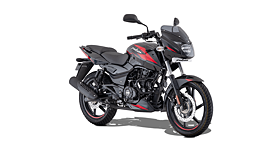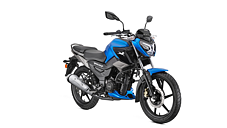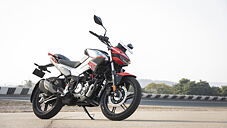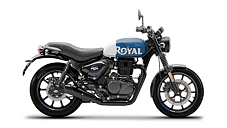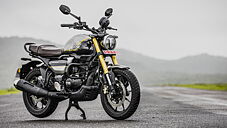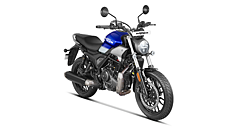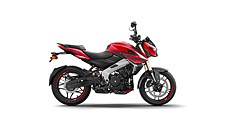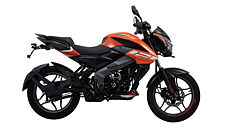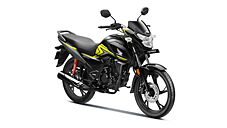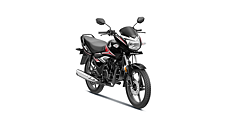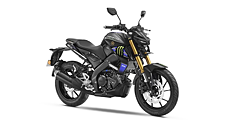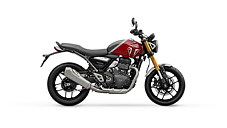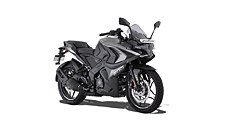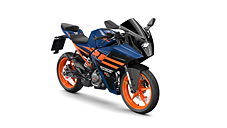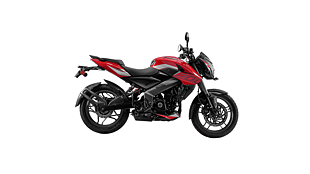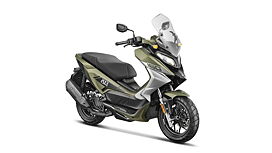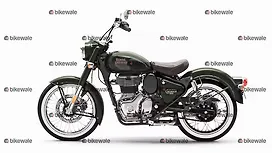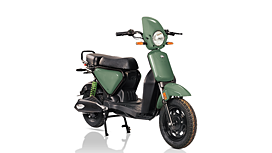Introduction

The Indian two-wheeler market is evolving. There is a gap between the 125cc premium motorcycle and the current crop of 150cc motorcycles, that is coveted by a few who want the lugging power of more displacement, but aren’t too keen on frills, features or technology.

That gap is filled by motorcycles like these – the Bajaj Pulsar 150 and Honda CB Unicorn 150, two motorcycles that are clearly a generation old but still have many takers.
Looks

The Unicorn 150 remains traditional – nothing has changed since its last facelift. There’s a dash of chrome here and there, and the paint surprises you with its quality. Other than that, there is nothing that will surprise you about the Unicorn because you’ve seen it all before. There’s one tiny difference visually: there are twin shrouds behind the cylinder that hide a new cylindrical object that lies above the crankcase. That’s the only visual hint at it being a 2017 model.

Bajaj has made little effort with the 2017 Pulsar –it has new graphics, the yellow ones contrasting nicely with the maroon of our test vehicle. They’re on almost every panel but are subtle – there are even rim tapes that accent the wheels. The aggressive headlamp with the bikini fairing, the clip-on handlebars, the large tank with its extensions and the LED tail lamp all help make it look more contemporary than the Unicorn. We especially like the carbonfibre surround of the instrument cluster. Surprisingly, it is the Unicorn that gets the toe-only gearshift lever, while the Pulsar has a commuter-type heel-and-toe unit.
Of the two, the Pulsar still holds the upper hand in looks.
Instrumentation, Riding Position

The Unicorn’s clocks haven’t really changed since it launched – and we don’t mean the facelift. This is one of the last few all-analog units you’ll be able to purchase new today. It has a speedo, fuel gauge, tacho and a single trip meter that can be reset by pressing the button on the console at any point of time, including when it is parked.

The Pulsar, on the other hand, offers an analog tachometer and digital everything else. It gets twin trip meters that can’t be reset by a passerby with evil intentions. There’s also a neat carbonfibre finish like we’ve mentioned before that gives it a touch of class that the Unicorn lacks. The Pulsar also gets a very useful engine killswitch that the Unicorn misses out on.

The Unicorn’s riding position seats the rider comfortably upright with the arms wide. The foot pegs feel uncomfortably forward-placed unless you sit yourself just right on that extra-long seat; that means finding how far you can sit without being uncomfortable and sticking to that point on the seat. The length of the seat also means a pillion is always comfortable, no matter the size or when one is sitting side saddle. The Pulsar’s usual split seat takes a pass on the 150, wisely giving the commuter what he wants in a single seat. The support is wrong – anything over an hour of riding has your posterior aching for a break. The reach to the handlebars is comfortable, but you never really get into a comfortable riding position on it like you do with the Unicorn. It is sportier than the Honda for sure; but it isn’t as comfortable.
It’s evened up here, the Unicorn offering a great seat and riding position to the Pulsar’s more contemporary instrumentation.
Performance and handling

Let’s start with the motors: the Pulsar wins the spec war handily, its 15bhp and 15Nm comfortably outstripping the Unicorn’s 13bhp/13Nm. There’s no question it is quicker; however, the way it delivers its power is very commuter-ish. There’s a lot of poke off the line, with a strong midrange, but there isn’t much to offer at the top end. The Unicorn is far more linear, delivering its torque in straightforward fashion right from idle to the redline. That said, the Pulsar feels agrarian compared to the silky refinement of the Unicorn. The Honda offers a slight tingle through the soles of your feet post 4000rpm, and shifting through the ‘box, with or without clutch, needs a mere twitch of the left foot. The Pulsar’s engine offers vibrations through the handlebar and foot pegs, and the gearbox still offers a false neutral or two when you aren’t careful. The Unicorn could learn a thing or two from the brakes on the Pulsar, however; the Bybre unit on the Bajaj is full of feel and feedback, and stops it quickly and without fuss. The Unicorn’s front disc is spongy and devoid of feel. It doesn’t lack power, but it doesn’t offer the paradigm shift in braking one usually associates with a switch from a drum to a disc. The Unicorn’s MRF tyres make up for the deficiencies of the brake in many ways. They have great grip, even while cornering. The Eurogriptyres on the Pulsar run out of grip a little too quickly, but they help return great fuel efficiency for the power figure. The Unicorn ends up top trumps in the suspension department with its rear monoshock offering more ease of use and comfort, although the Pulsar’s twin gas-charged dampers aren’t bad; they just aren’t as good. Overall, the Unicorn is the better motorcycle to ride, its stress-free nature and refinement contributing towards a relaxed ride.
Verdict

Both the bikes here offer a two-year warranty period, and at ₹ 89600 for the Unicorn and ₹ 89250 for the Pulsar (on-road Mumbai), nothing separates them there. The Pulsar 150 marches to a different drummer – it is quick, but not as quick as the current generation of 150s. It is good-looking but feels a little dated. Mostly it is the discomfort of the seating position and the vibrations that knock it below the Unicorn by the smallest of margins. The Unicorn may look a million years old and offer instrumentation that will feel familiar to your grandpa, but the result is a motorcycle that has bulletproof reliability and spares availability that is second to none – both features that rank near the top of the list for the kind of buyer that wants a motorcycle like this.
Photos by Kapil Angane
Bajaj Pulsar 150 First Ride Review
Honda CB Unicorn 150 First Ride Review
Final Scores
| Parameters | Max Points | Honda CB Unicorn 150 | Bajaj Pulsar 150 |
|---|---|---|---|
| Rank | 1 | 2 | |
| Looks & styling | 10 | 5 | 6 |
| Ergonomics & Quality | 10 | 7 | 5 |
| Features & Tech | 10 | 5 | 5 |
| Engine & Gearbox | 10 | 7 | 5 |
| Performance | 10 | 5 | 6 |
| Ride Quality | 10 | 6 | 5 |
| Handling & Braking | 10 | 6 | 6 |
| Fuel Efficiency | 10 | 7 | 7 |
| Price & Warranty | 10 | 7 | 7 |
| Desirability | 10 | 5 | 5 |
| Total | 100 | 60 | 57 |
Gallery
1/29
Honda CB Unicorn 150 Action
Double Tap to Zoom



















![[object Object] ThumbNail Images [object Object] ThumbNail Images](https://imgd.aeplcdn.com/642x361/bw/ec/29140/Honda-CB-Unicorn-150-Action-97177.jpg?v=201711021421&wm=2&q=80)
![[object Object] ThumbNail Images [object Object] ThumbNail Images](https://imgd.aeplcdn.com/642x361/bw/ec/29140/Honda-CB-Unicorn-150-Action-97178.jpg?v=201711021421&wm=2&q=80)
![[object Object] ThumbNail Images [object Object] ThumbNail Images](https://imgd.aeplcdn.com/642x361/bw/ec/29140/Honda-CB-Unicorn-150-Action-97179.jpg?v=201711021421&wm=2&q=80)
![[object Object] ThumbNail Images [object Object] ThumbNail Images](https://imgd.aeplcdn.com/642x361/bw/ec/29140/Honda-CB-Unicorn-150-Action-97180.jpg?v=201711021421&wm=2&q=80)
![[object Object] ThumbNail Images [object Object] ThumbNail Images](https://imgd.aeplcdn.com/642x361/bw/ec/29140/Bajaj-Pulsar-150-Engine-97399.jpg?v=201711021421&wm=2&q=80)
